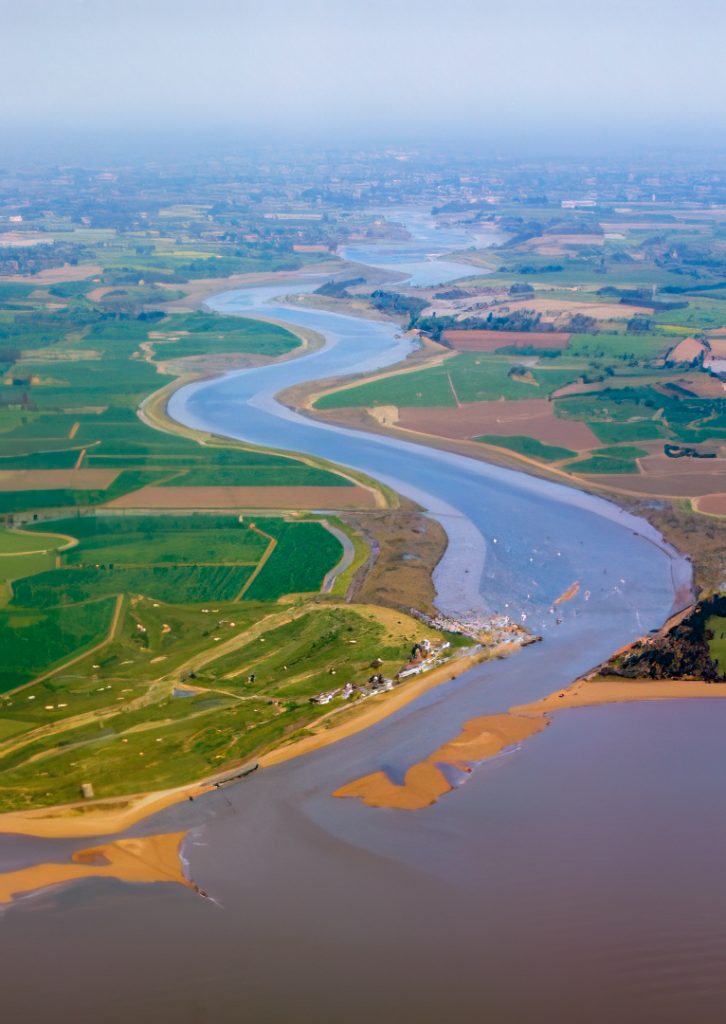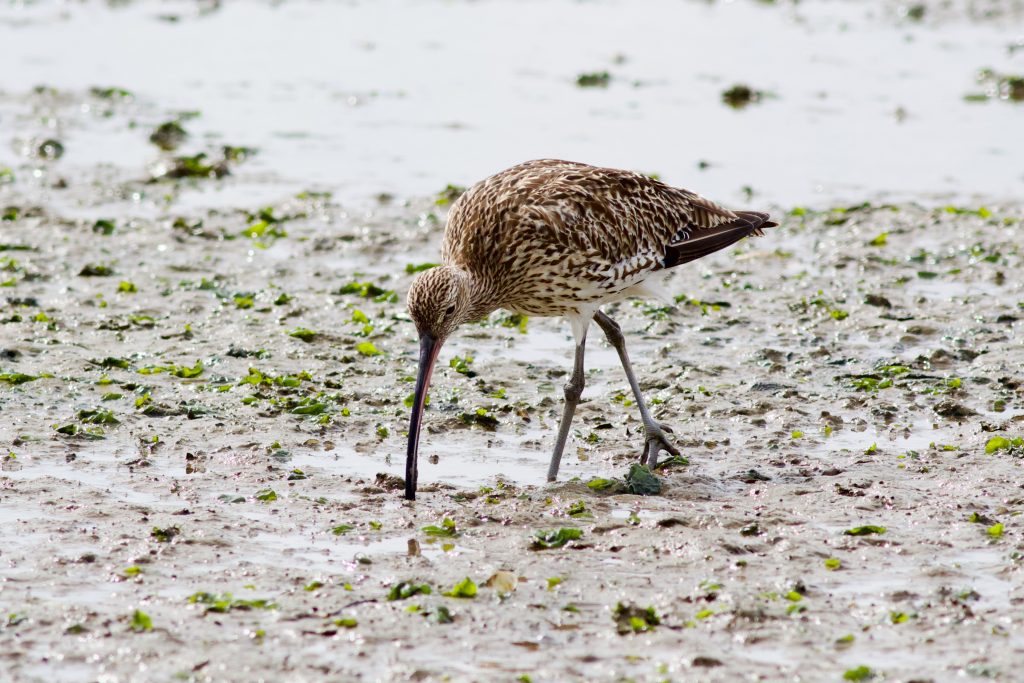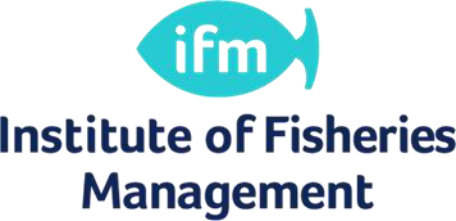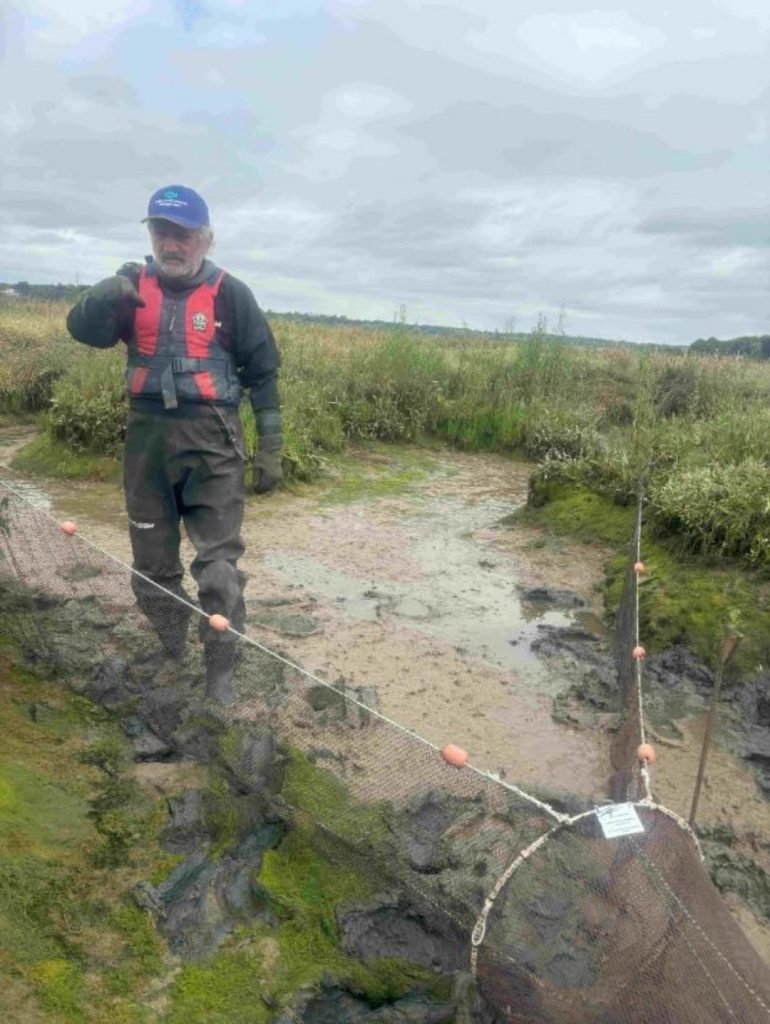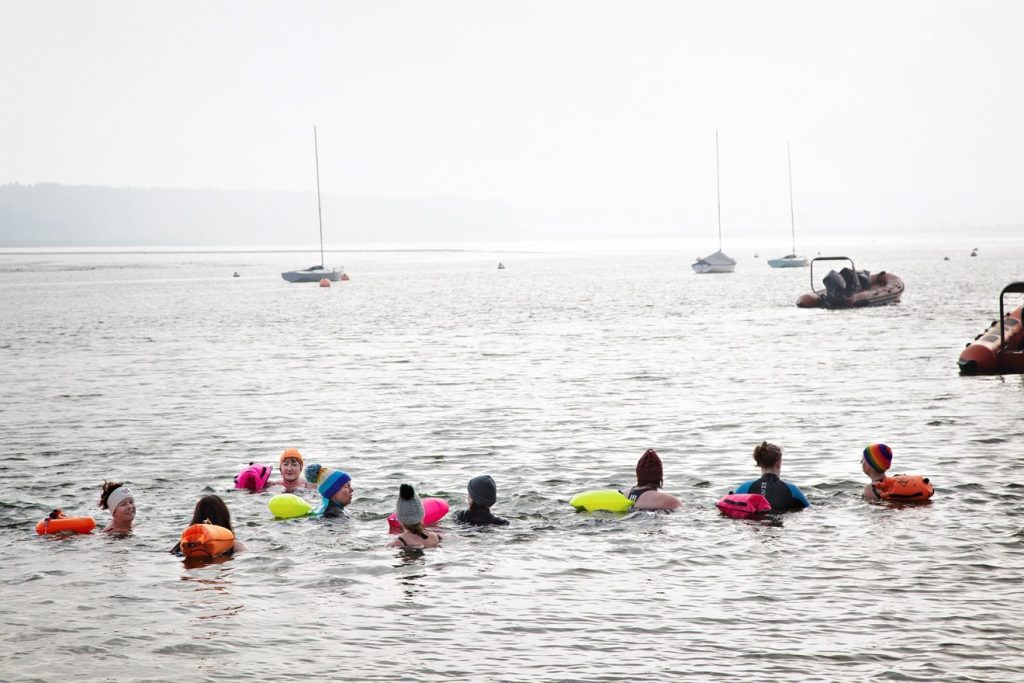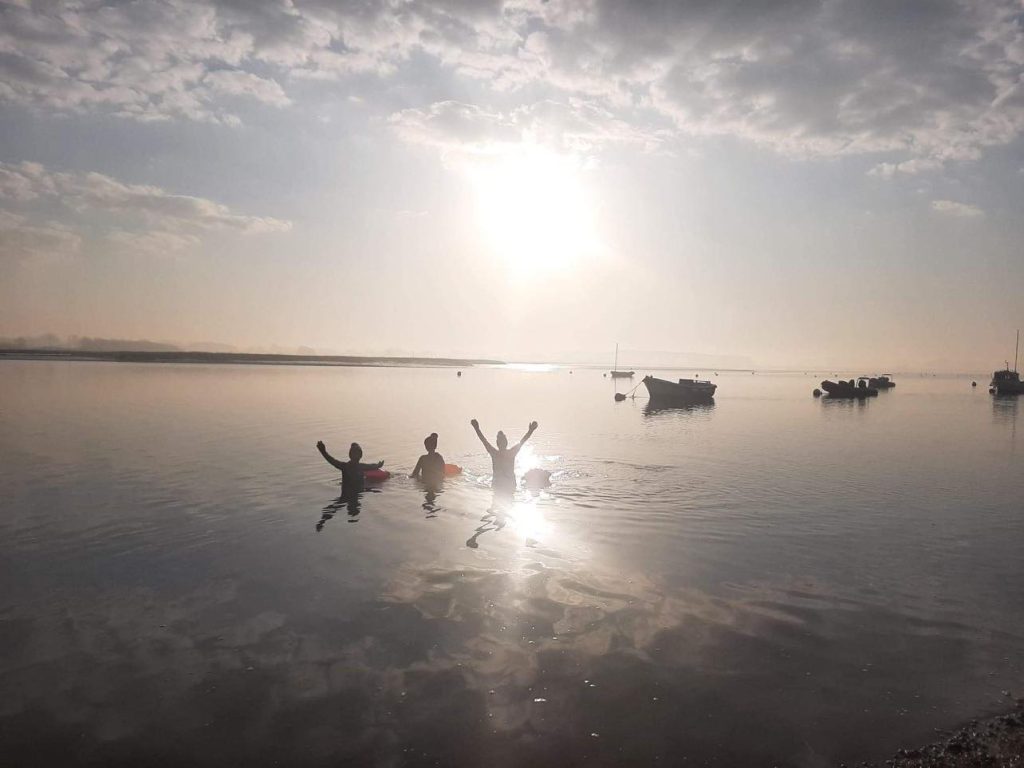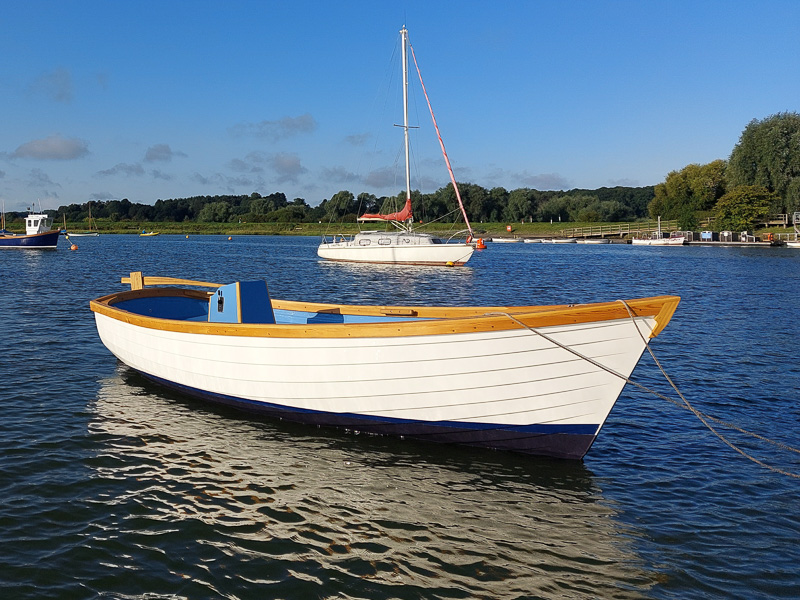By Matt Wilson
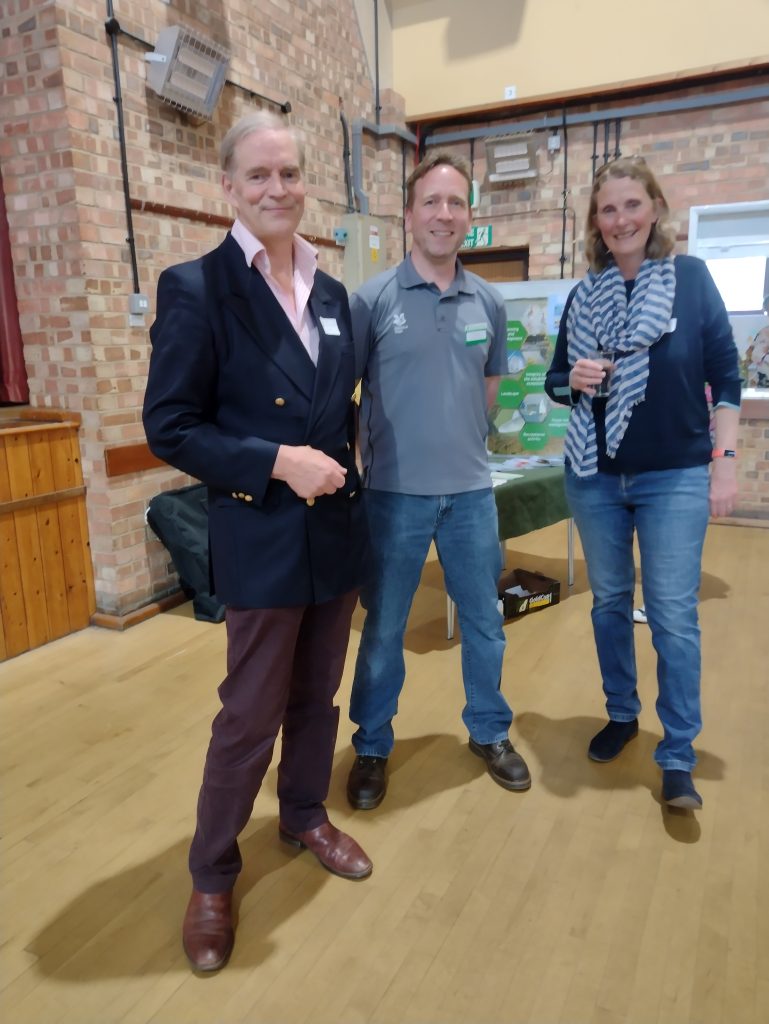
RDA co-chair Colin Nicholson, NT countryside manager Matt Wilson and RDA vice chair Liz Hattan at the AGM
The speaker for this year’s River Deben Association AGM was Matt Wilson, countryside manager for the National Trust for the Suffolk & Essex Coast. His subject was Conservation and Climate Change: his topics were varied, reflecting the varied nature of his responsibilities in this area.
Matt’s title is countryside manager – and that gives him a wide remit, which he’s still exploring. He’s already spent 25 years working in Local Government, within green spaces and blue spaces including for Essex County Council, the London Borough of Barking & Dagenham, and Exmoor National Park authority. Now, with the National Trust for the last 2 and a half years, he has a team of Rangers (currently six) who undertake the practical management and wildlife monitoring on the ground while Matt’s remit is slightly more strategic. He has a particular interest in developing partnership work with other local conservation and environment groups, working at a landscape scale. The area for which he’s responsible runs from Northey Island on the River Blackwater in Essex, to Darrow Wood, over the Suffolk / Norfolk border.
Continue reading
